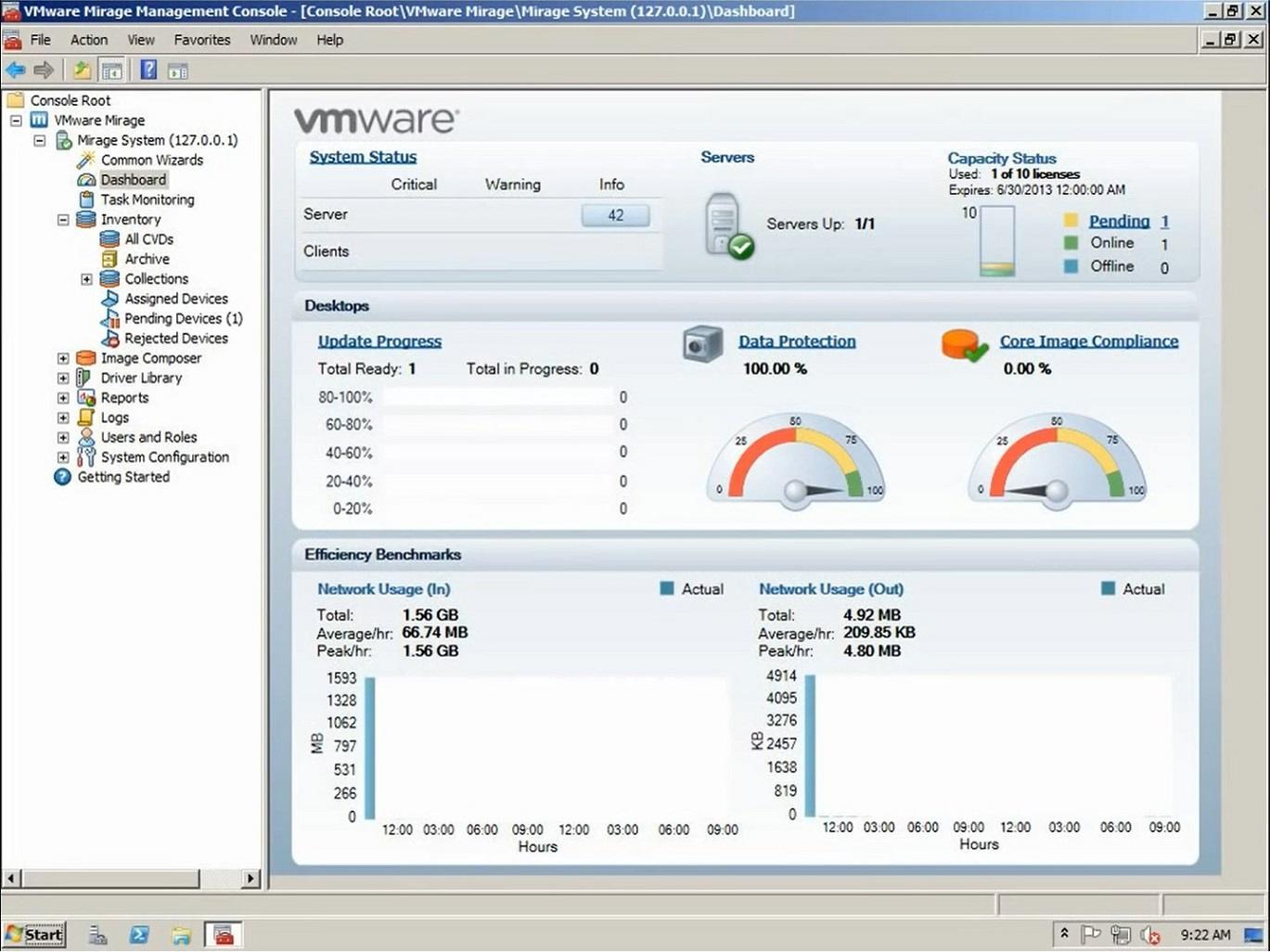

This should successfully connect you to the VM and prompt you to log in to your user account. Ssh.exe -p 2222 Where is the user on the VM

Now, if you’re using SSH over cygwin, like me, you can open a terminal and connect to the now running VM using the following command: ssh.exe -p 2222 OR In case you have to stop the VM without SSH, you can run this command: vmrun.exe -T player stop \.vmx hard Now, to start your VM in headless mode, navigate a command-line to the installation directory of VIX and run this command: vmrun.exe -T player start \.vmx nogui If you haven’t installed a SSH client yet, you should do now: Windows, Mac, Linux. In most cases you’ll need a new rule for your firewall to allow external access through port 2222 ( here is how).
#Vmnetcfg exe download how to
You can find a detailed explanation of how to configure NAT using the virtual network manager on this kb site. Open it and set up port forwarding for the host port 2222 to the guest port 22 (the default SSH port) in the NAT adapter settings (“vmnet8”). The next step is to enable the virtual network manager for your VMware Player installation ( here is how).
#Vmnetcfg exe download install
Then install the “openssh-server” and “openssh-client” packages: sudo apt-get install openssh-server openssh-client & sudo apt-get updateĪfter that shut down the VM using the following command: sudo poweroff As long as you don’t set up any kind of desktop environment, which isn’t usually done on a server installation, you have to use the terminal. Restart the VM after the installation and log in. Start by creating a normal VM, the specs don’t have to be hight, as the machine won’t need much RAM or CPU cores, and install ubuntu using the mini.iso file (select “Command-line install” from the installer boot menu). Make sure you have virtualization enabled in your BIOS settings ( here is how).Īs a the server OS I chose linux ( Ubuntu 14.04 LTS minimal install (mini.iso), *), since most servers today run linux. You can download VMware Player from here and VIX from here. You need to download and install it separately, with the advantage that it’s compatible with nearly all VMware virtualization solutions components. VMware Player does not have such a tool included because VMware decided to go for a more general API: VIX. VirtualBox has a pretty extensive command line utility included by default: VBoxManage.
#Vmnetcfg exe download driver
There are a few programs out there that can achieve our goal, but as my mid-spec laptop, from which I’m currently writing this, had the least issues with VMware (I had several driver issues with Oracle VirtualBox before), I chose it to simulate a fresh linux server environment.Īnother important aspect beside the performance with your hardware is the ability to run without the UI open, so one can SSH onto the virtual server. It’s possible via virtualization software, such as Oracle VirtualBox or VMware Player. Usually nobody has a piece of server hardware at hand, so the logical solution was to work with what I already ‘ve got. I recently had to test a web application in an environment which comes as close as possible to the server which it’ll finally run on.

If you’re a developer you will eventually come into a situation where you need to test your software.


 0 kommentar(er)
0 kommentar(er)
